The Basics: What Are Invisalign and Braces?
Before diving into the pros and cons, let’s break down what each treatment actually involves:
Invisalign
-
A series of clear, removable aligners
-
Custom-made using 3D imaging
-
Changed every 1–2 weeks
Braces
-
Metal or ceramic brackets attached to teeth
-
Connected by wires and adjusted periodically
-
Often more visible and fixed in place
Pros and Cons of Invisalign
 Pros
Pros
-
Virtually Invisible: Most people won’t even notice you’re wearing them.
-
Removable: You can eat whatever you want—just take them out before meals.
-
Easier Oral Hygiene: No brackets or wires mean brushing and flossing stay simple.
-
Less Frequent Visits: Fewer office appointments are typically needed.
 Cons
Cons
-
Discipline Required: You must wear them 20–22 hours per day for them to be effective.
-
May Not Suit Complex Cases: Severe alignment issues may require traditional braces.
-
Lost Aligners = Delayed Progress: Being removable means they can be misplaced.
Pros and Cons of Braces
 Pros
Pros
-
Effective for Complex Cases: Ideal for significant misalignments or jaw corrections.
-
Always Working: You can’t take them out, so there’s no lapse in wear time.
-
Lots of Options: Ceramic and lingual braces offer less-visible alternatives.
 Cons
Cons
-
More Noticeable: Especially the traditional metal types.
-
Harder to Clean: Brushing and flossing around brackets can be a challenge.
-
Food Restrictions: Sticky or hard foods are off the menu during treatment.
Why Individualized Care Plans Make All the Difference
Sarah’s orthodontist didn’t just recommend a product. She took digital scans, evaluated Sarah’s bite, asked about her daily routine, and discussed her aesthetic goals. This personalized care plan led to Sarah choosing Invisalign—but it also meant she was set up for success in three major ways:
1. Better Treatment Outcomes
Personalized plans are based on your exact dental anatomy, lifestyle, and goals. This ensures:
-
Correct alignment based on jaw structure
-
Optimal pressure distribution across teeth
-
Reduced chances of relapse after treatment
2. Improved Patient Compliance
Let’s face it—people are more likely to follow through when the plan fits their life. Whether it’s a teen who tends to forget things or a professional with a packed schedule:
-
Invisalign patients benefit from app reminders and progress tracking.
-
Braces patients receive tailored maintenance schedules and education.
Individualized coaching and clear expectations improve commitment to wearing aligners, showing up for check-ins, and maintaining hygiene.
3. Long-Term Oral Health
Orthodontics isn’t just about straight teeth. When care plans focus on your unique gum health, enamel condition, and bite mechanics, they help:
-
Prevent tooth wear or TMJ problems
-
Promote cleaner, healthier gums
-
Encourage retention strategies like Vivera retainers or permanent wires
Real Results: The Power of Personalization
After 14 months, Sarah finished her Invisalign treatment with a stunning new smile. But more importantly, she said it was the first time in years she felt in control of her oral health.
Because her orthodontist included customized cleaning routines, check-in timelines, and even stress management (grinding was an issue), Sarah’s care didn’t stop at aesthetics—it became a whole health journey.
Conclusion: More Than Just Metal or Plastic
Invisalign and braces each have their own advantages, depending on your unique dental needs. But the real secret to a successful outcome? A treatment plan made just for you.
Whether you’re a teen exploring braces or an adult ready to invest in your smile, make sure your orthodontic journey starts with personalized planning.


Your smile deserves more than a one-size-fits-all solution.
FAQ: Invisalign vs. Braces
1. Is Invisalign faster than braces?
It can be, especially for mild to moderate issues. However, the speed depends heavily on individual needs and how consistently aligners are worn.
2. Which is more painful: Invisalign or braces?
Both cause some discomfort, especially during adjustment phases. Invisalign tends to be gentler overall, with less irritation to cheeks and lips.
3. Can kids or teens use Invisalign?
Yes, especially with Invisalign Teen. However, it requires a responsible wearer, so traditional braces might be better for some young patients.
4. Are braces cheaper than Invisalign?
Often, yes. Braces typically cost slightly less, but prices vary based on region, complexity, and orthodontist expertise.
5. What happens if I don’t wear my Invisalign aligners enough?
Wearing them less than 20–22 hours a day can slow or reverse progress, meaning treatment takes longer or becomes less effective.
6. Can I switch from braces to Invisalign mid-treatment?
Sometimes, yes. Your orthodontist will assess whether your case allows for this transition.
7. Do I still need retainers after treatment?
Absolutely. Whether you had braces or Invisalign, retainers help maintain your new smile and prevent relapse.
8. What if I grind my teeth at night?
Invisalign can double as a night guard. But for braces, your orthodontist may suggest custom solutions like bite plates or splints.
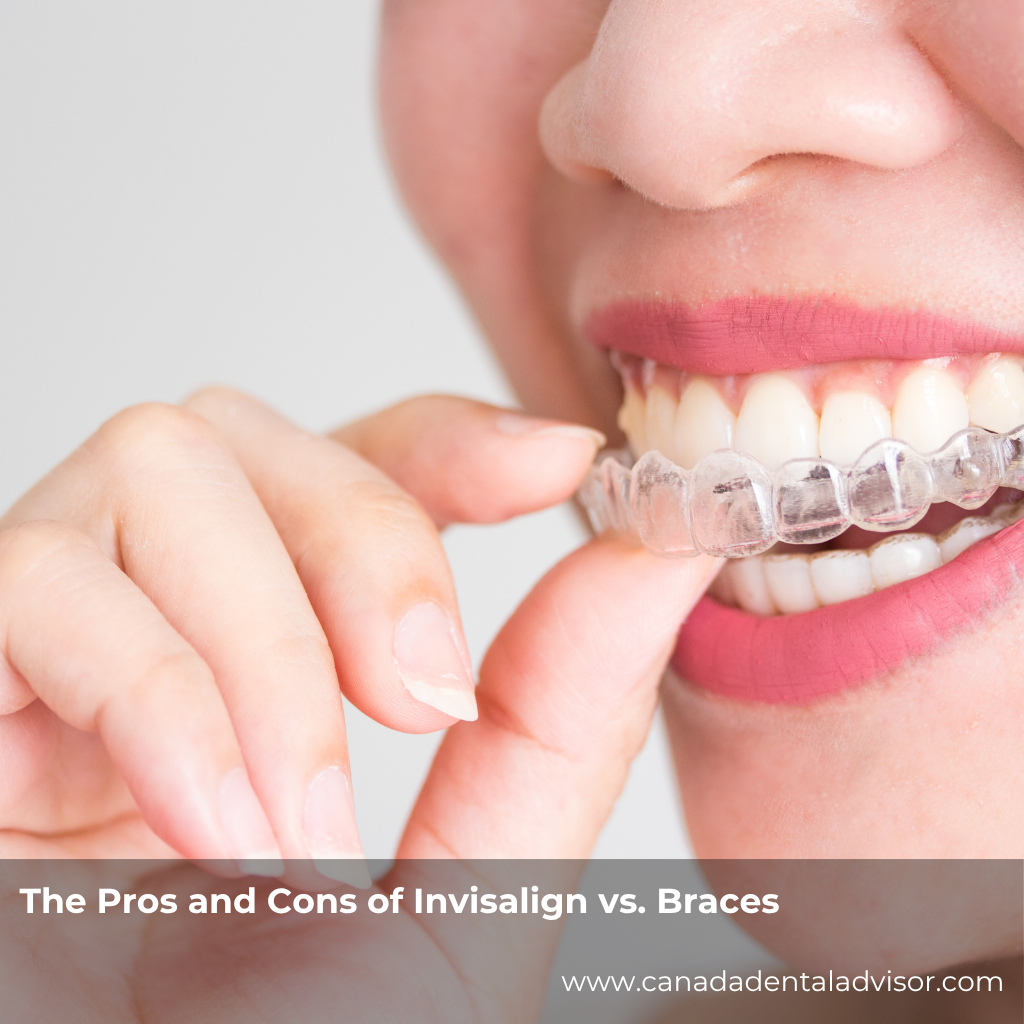
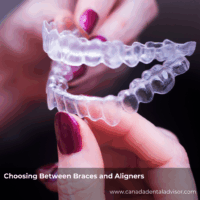


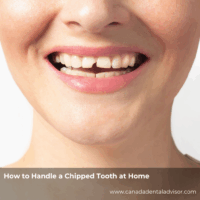


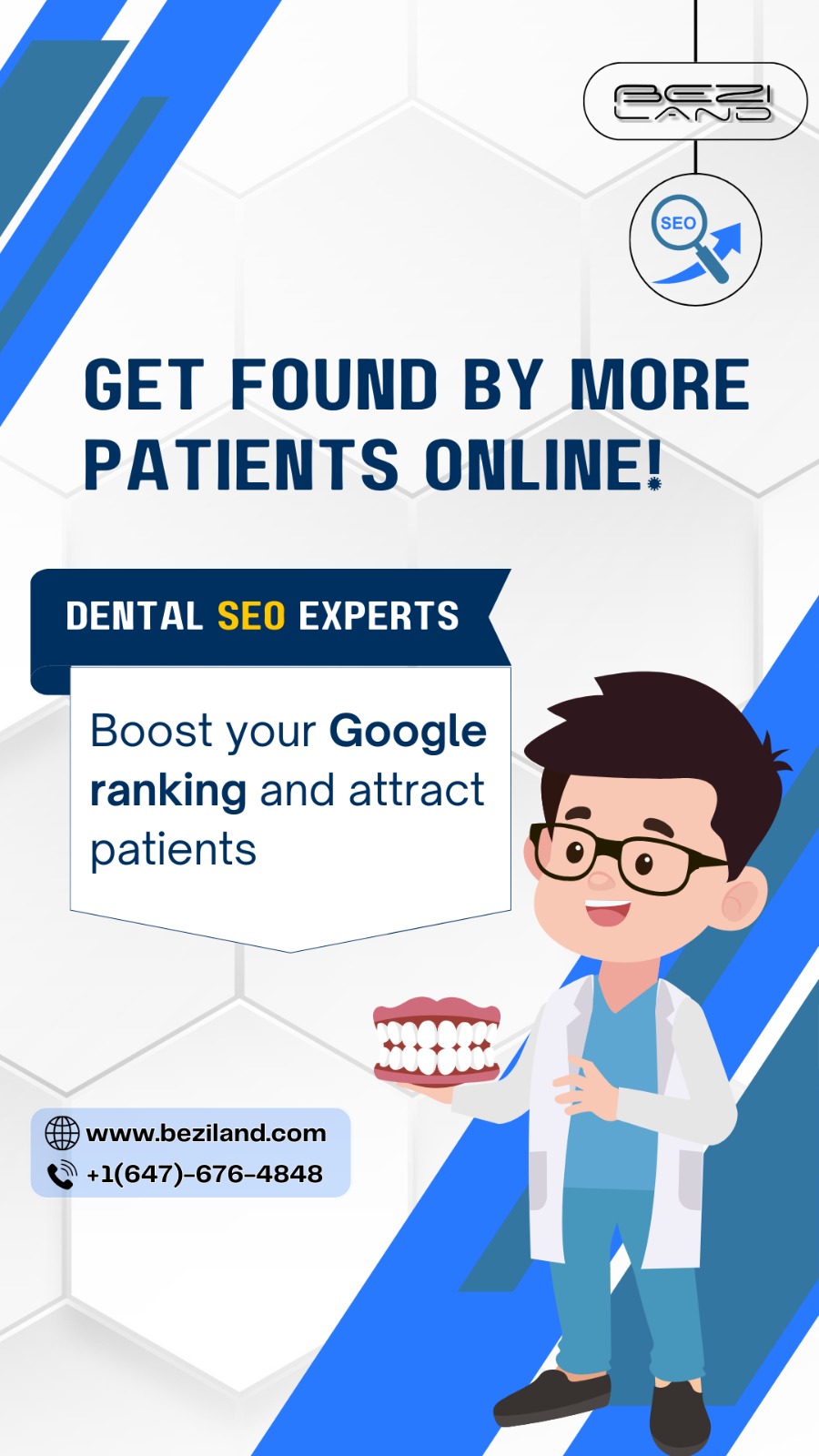
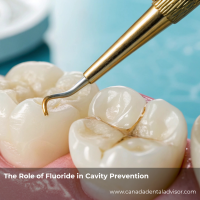
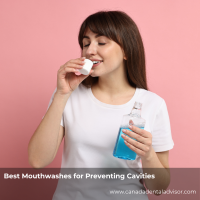

Leave a Reply